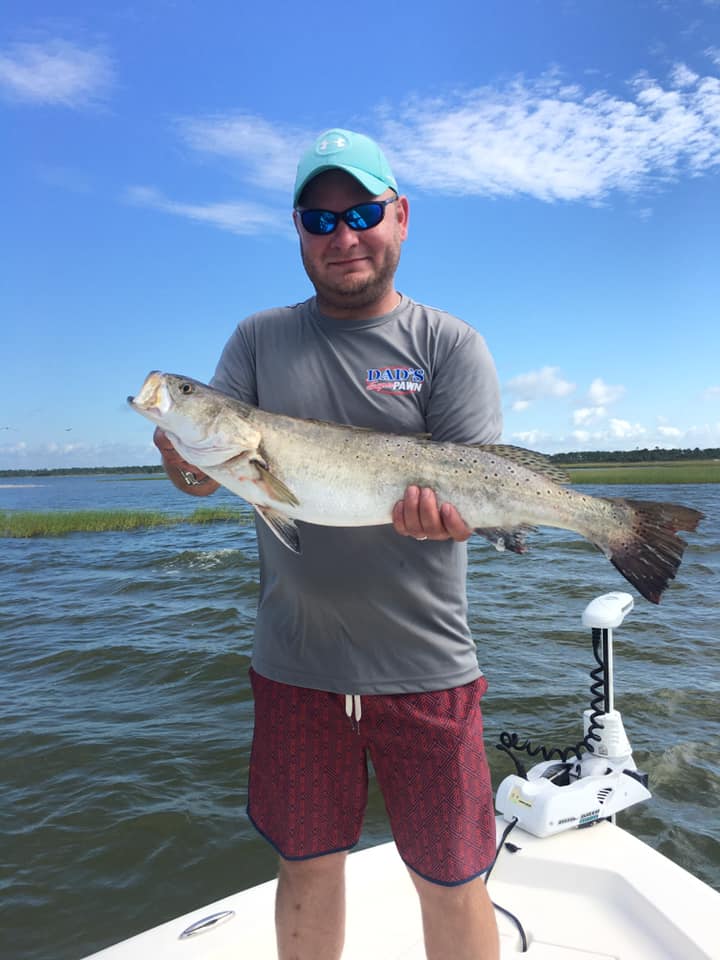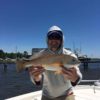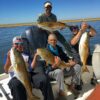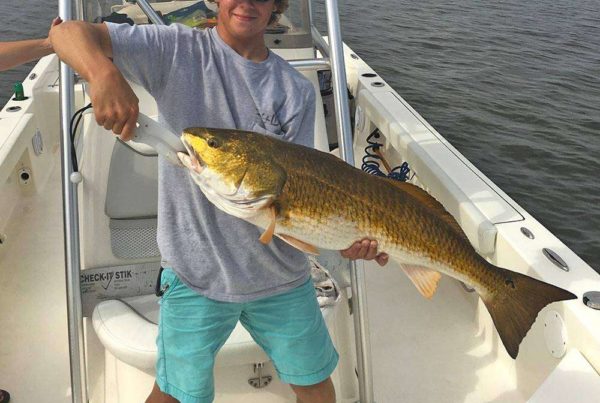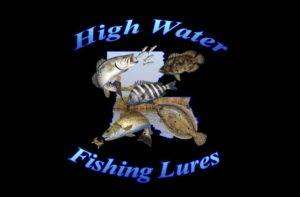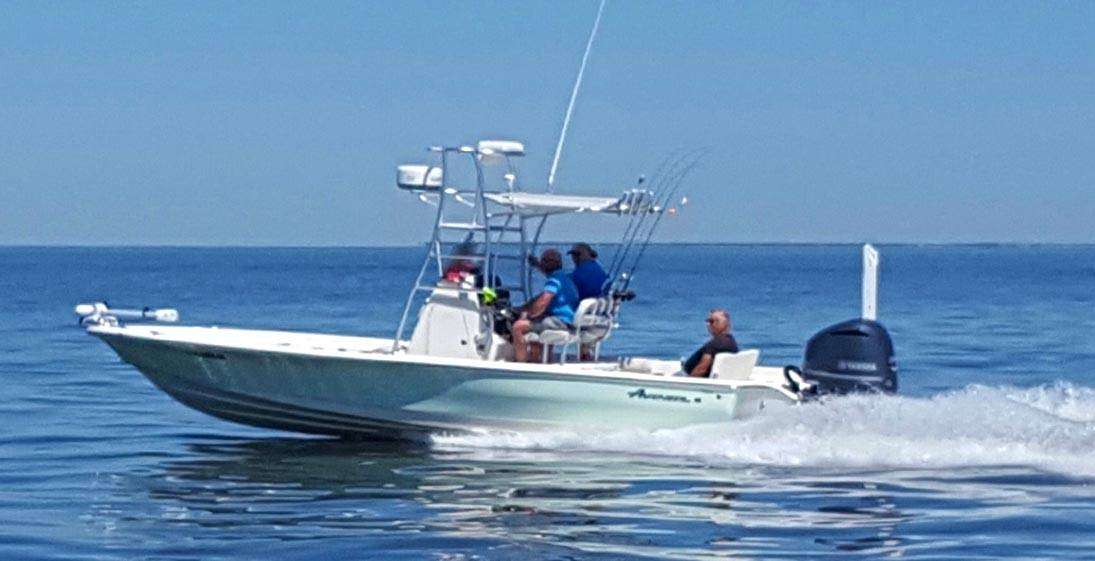
Last Updated on September 25, 2025 by Eric Bonneman
When autumn takes hold along Louisiana’s coast, the Biloxi Marsh becomes one of the most important estuarine environments for both fish and fishermen. Stretching over 35,000 acres east of New Orleans, this brackish and saline expanse is a living engine of productivity. In fall, one species dominates both the catch and the conversation: the spotted seatrout, or speckled trout (Cynoscion nebulosus).
Central Player of the Season
Spotted seatrout are the number-one target and the most abundant inshore predator during fall. They are culturally central to Louisiana fishing communities, biologically tuned to estuary cycles, and highly sought after for their sporting value and table quality.
Species Profile
Belonging to the drum family, seatrout share the characteristic ability to “drum” or “croak” by vibrating muscles against the swim bladder. This behavior is strongest during spring and summer spawning but is part of their biology year-round.
They are identifiable by a silvery body scattered with black spots along the back, dorsal fins, and tail. Two elongated canine teeth in the upper jaw distinguish them from other drum species. A highly sensitive lateral line extends into the tail, making them adept hunters even in turbid fall waters. Their vision is tuned for low light, which supports crepuscular feeding, and taste buds along the lips and mouth help them detect prey in stained water.
Sexual dimorphism shapes the population: females grow larger than males, and nearly all “gator trout” (trophies often exceeding 25 inches) are females. Rapid juvenile growth occurs in the first two years, but females continue to add size more quickly over time.
After spawning ends in late summer, energy allocation shifts away from reproduction. In fall, trout build lipid and glycogen reserves in liver and muscle tissue to prepare for winter. Cooling water lowers metabolic costs, allowing longer foraging bouts. This is the conditioning window that ensures survival through potential cold shocks in late winter.
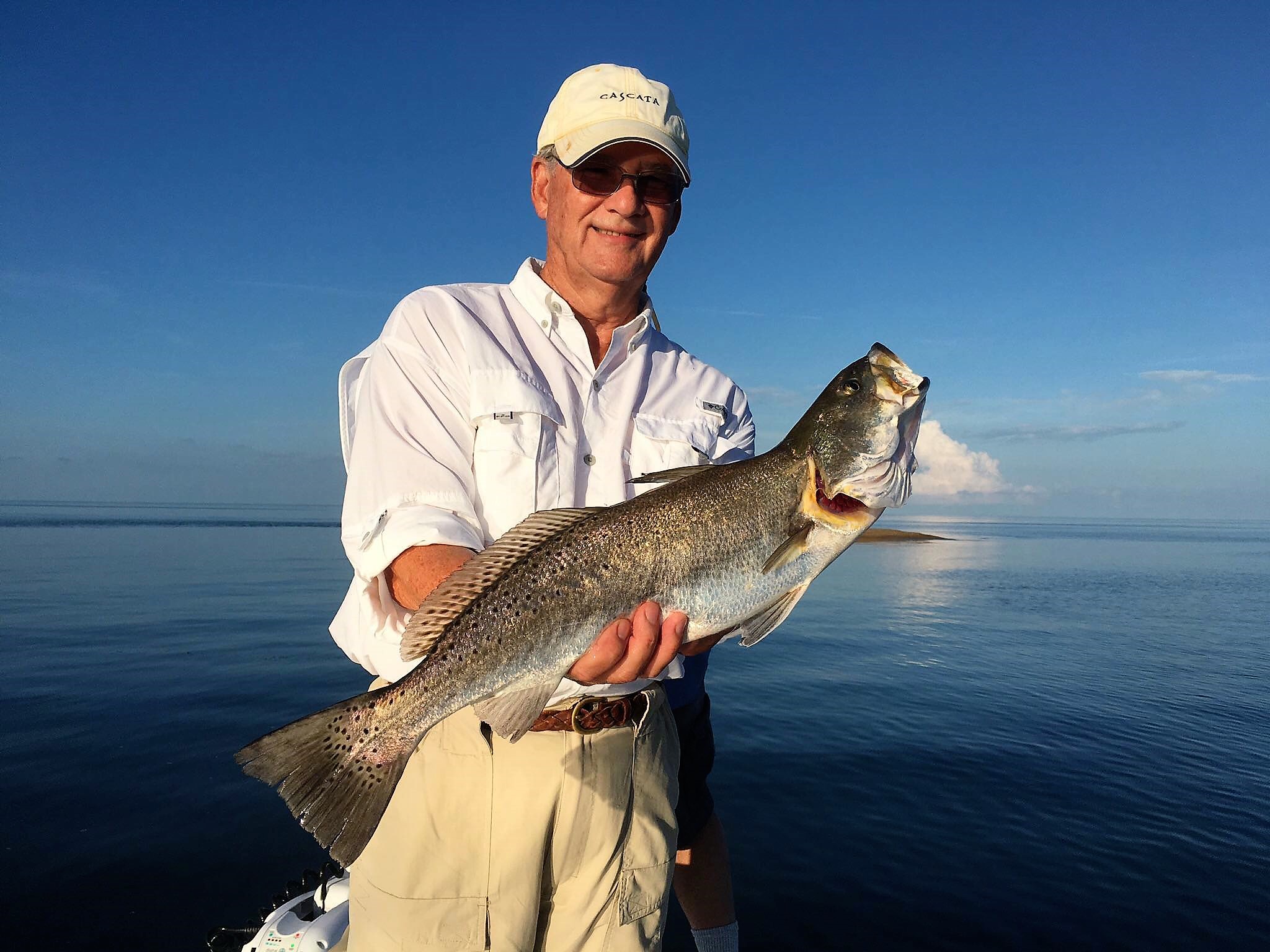
Their diet in fall centers first on white shrimp, which pulse through Louisiana estuaries until they migrate seaward. As shrimp numbers dwindle, seatrout transition to finfish such as menhaden, mullet, anchovies, and glass minnows. Prey are swallowed headfirst to fold spines, and gut passage at moderate fall temperatures is fast, allowing multiple feeding cycles per tide.
Trout tolerate broad salinity ranges but seek stability. Dissolved oxygen levels can dip overnight in vegetation-rich ponds, so fish often concentrate along flowing edges. Turbidity increases with wind, yet seatrout hunt effectively through vibration and silhouette detection. Historic freezes in the Gulf have caused seatrout kills, making fall feeding essential for survival.
Parasite interactions and flesh considerations also enter the picture. Black spot, caused by trematode cysts, may mark fillets but is harmless. Mercury advisories vary by waterbody and must be checked before harvest. Proper icing and trimming the dark lateral line preserve quality.
Predation and competition are constant. Red drum, black drum, sheepshead, and flounder share habitats, while dolphins and bull reds can scatter trout schools. Avian predators also influence feeding windows.
Fall in the Biloxi Marsh
The Biloxi Marsh Wildlife Management Area is 35,644 acres of ponds, bayous, grass edges, and oyster reefs. It is accessible only by boat from launches in Hopedale or Shell Beach. The marsh is a fall hotspot because shrimp pulses flush from ponds on falling tides, and seatrout congregate at bayou mouths and scoured bends. Oyster reefs filter water, stabilize banks, and concentrate baitfish, giving trout structure and clarity lanes even after strong winds.
Fronts play a major role. North and east winds drop water levels, forcing trout off flats into deeper troughs and reef rims. Turbidity increases, but prey availability remains strong, and trout use their sensory systems to feed in stained conditions.
Management
Louisiana regulations currently set a 13–20 inch slot limit for spotted seatrout, with a daily bag of 15 fish and only 2 allowed over 20 inches. The season remains open year-round. Because the Biloxi Marsh is a Wildlife Management Area, a WMA permit is required in addition to a fishing license.
Health advisories vary across Louisiana waters, and consumption guidelines should be checked before harvest. Oyster reef protection is critical, as prop scarring and anchors damage habitats that sustain the trout fishery.
Translating Biology Into Tactics
While biology provides the foundation, tactical application is inference:
- Fish concentrate at pond mouths, drains, and reef rims on falling tides.
- The first two hours of outgoing water create the strongest feeding windows.
- Bird activity signals shrimp and baitfish schools; trout feed nearby, often off to the side of the chaos.
- Early and late light are prime for topwater and suspending twitchbaits.
- During shrimp pulses, popping corks with live or artificial shrimp excel.
- As finfish dominate, paddletails and jerk shads on 1/8–1/4 oz jigheads become the mainstay.
- Standard tackle: 7–7.5 foot medium-light spinning rods, 2500–3000 reels, 10–15 lb braid, and 20 lb fluorocarbon leaders.
Gator Trout
Gator trout, the large mature females, represent the pinnacle of fall marsh fishing. These fish prefer efficient prey like mullet and menhaden and often hold to deeper, more stable features such as scoured bends or shell rims.
Feeding cues include finger mullet schools along grass edges and slicks on the surface that smell of watermelon from menhaden oils. These trout often stage slightly away from bird activity rather than directly under it.
Effective approaches for trophies include longer lure pauses, slower sweeps, and larger finfish imitations. Heavy leaders (20–25 lb fluorocarbon) protect against abrasion. Handling is especially important: wet hands, belly support, and minimized air exposure protect the breeding stock of the population.
Fall in Practice
The Biloxi Marsh in autumn is defined by action that fishermen can measure in clear and practical ways. Shrimp move with the tides, mullet push along the edges, and spotted seatrout respond by holding on reefs and drains where the food is thickest. Each of these details is part of a larger picture, showing how the marsh sets the stage for consistent catches at this time of year. Fishermen experience not just the results of the season but the process itself, seeing how every piece of the marsh contributes to the outcome.
Legends of the Lower Marsh works directly with that process, turning the seasonal behavior of fish into trips that match the conditions. The same currents that gather shrimp and baitfish also gather fishermen who know where to look, and our captains guide that effort with precision. By following the marsh rather than forcing it, our service makes the most of what fall has to offer. Book a trip with Legends of the Lower Marsh and put the season’s patterns to work for you.

